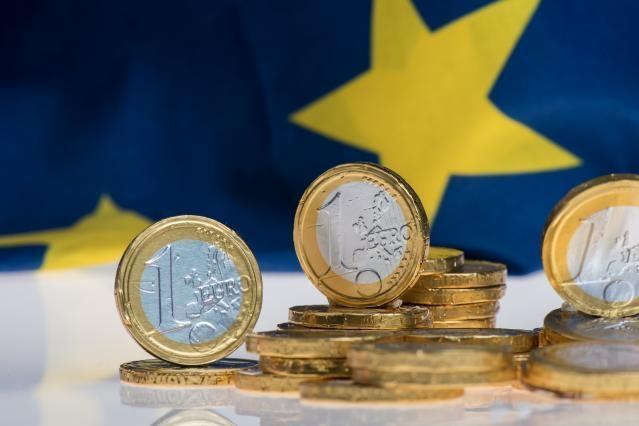The Commission has proposed an annual EU budget of almost €200 billion for 2025, reinforced by €72 billion raised under the post-COVID recovery plan, NextGenerationEU. It is meant to finance EU priorities and help tackle current and future challenges. The Commission’s proposal will be discussed and adopted by the European Parliament and the Council of the EU.
What the EU budget is
The EU budget enables EU countries to achieve more together than they could on their own, for instance by financing infrastructure projects or responding to crises. By pooling resources, standing together and helping all EU countries, their citizens and beyond, the EU budget strengthens Europe’s economy and geopolitical standing.
The EU’s long-term budget sets out the spending priorities and limits for several years. Each year, an annual budget is negotiated and adopted within these limits.
The EU budget is mainly financed from a proportion of each EU country’s gross national income, customs duties on imports from outside the EU, a small part of the VAT collected by each EU country, and a contribution based on the amount of non-recycled plastic packaging waste in each EU country.
Where the money goes
Funds from the 2025 budget will be spent where they can make the greatest difference, based on the needs of EU countries and the EU’s partners worldwide. The money will foster the green and digital transitions, create jobs, finance EU support to Ukraine, and help address migration challenges and the crisis in the Middle East. It will also boost our capacity to respond to natural disasters and fund support for key critical technologies. In addition, the budget will fund all ongoing EU projects and policies in the areas of agriculture, regional development, research and innovation, climate action, defence, health, security, satellite infrastructure and many more.
For more information
Press release on draft annual budget 2025
How the EU budget is adopted, spent and financed

